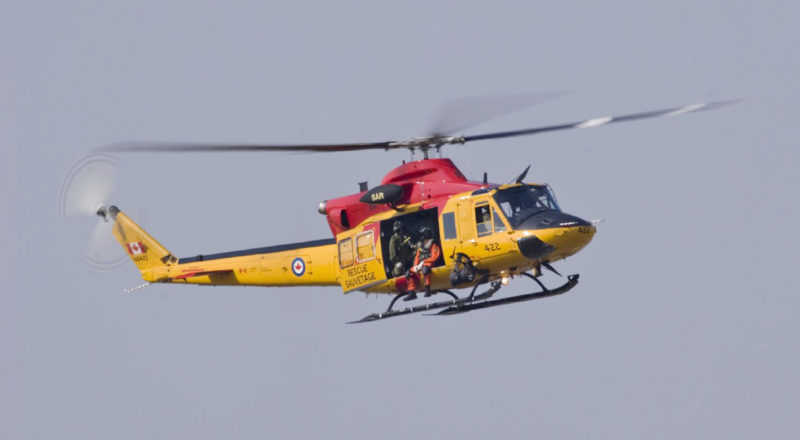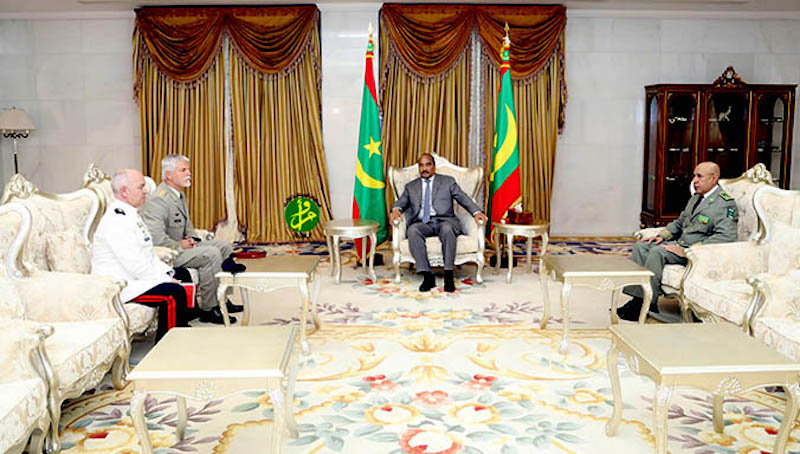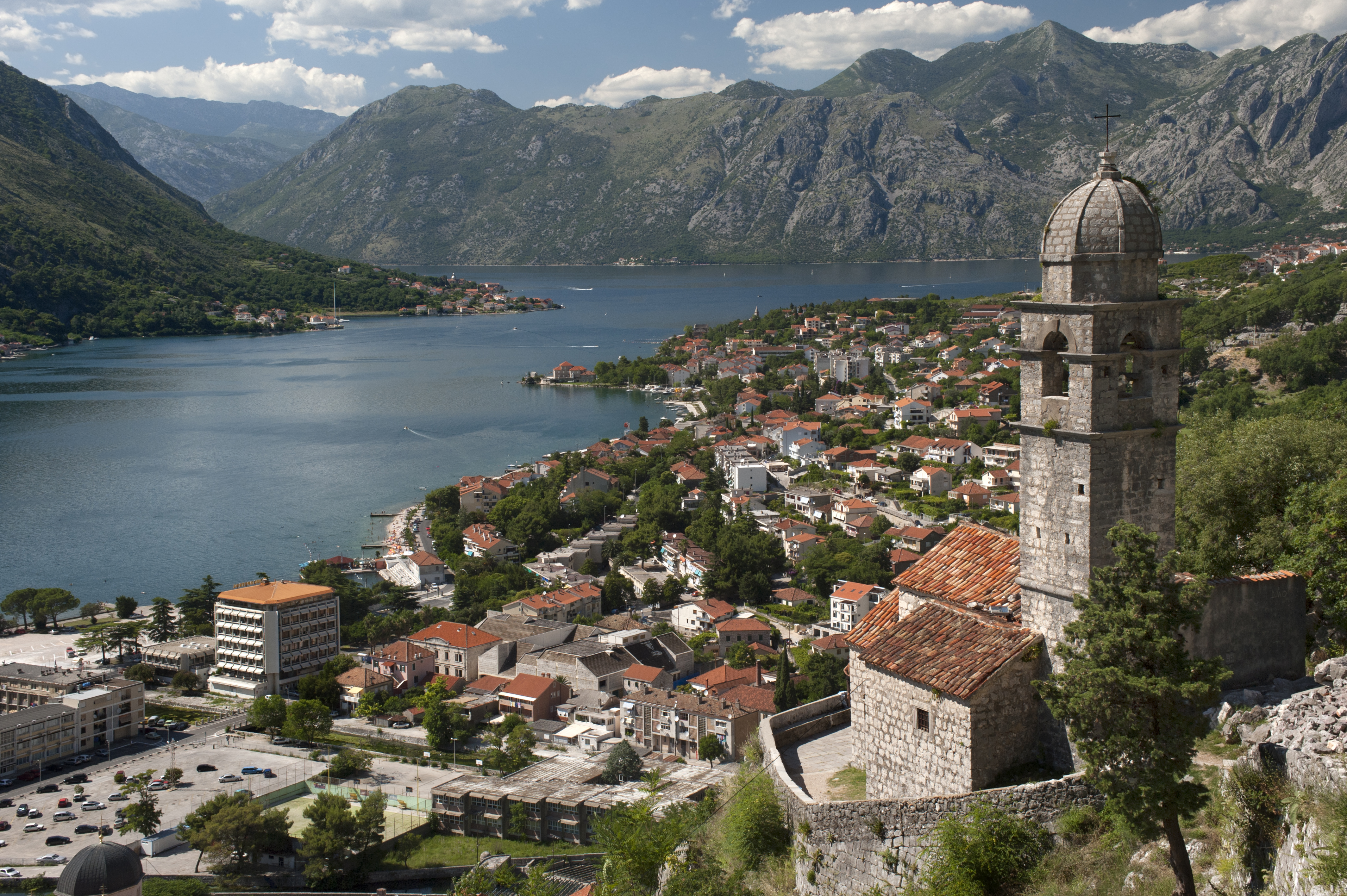While the ongoing saga of the RCAF’s CH-124 Sea King’s decommissioning and the CH-148 Cyclone acquisition process have highlighted recurring complications in Canada’s military acquisition system, the RCAF continues to renew its other rotary-wing fleets; a process still not without complications.
CH-146 Griffon: love em’ or hate em’
The CH-146 Griffon were procured in the mid-1990s under the Canadian Forces Utility Tactical Transport Helicopter (CFUTTH) project. Amid budgetary constraints and increasing operations and maintenance costs of its aging mixed-fleet, the RCAF retired its CH-135 Twin Huey tactical transport, CH-136 Kiowa light observation, and CH-147 Chinook medium lift transport helicopters. The CFUTTH was intended to create a single fleet of light utility tactical transport helicopters versatile enough to fulfill all of the CF’s domestic and expeditionary needs.
Based on cost/benefit analyses and market research, DND concluded that a military variant of the off-the-shelf (OTS) Bell 412 helicopter (redesignated CH-146 Griffon) would meet the CF’s operational requirements. While DND did not finalize its Statement of Requirements (SOR) for the new aircraft until the spring of 1993, a $1.293 billion sole-source contract was awarded to the Quebec-based Bell Helicopter Textron Canada (BHTC) in September 1992. Despite issues arising during the operational testing and fielding phases, 100 CH-146 Griffons were delivered to units between 1995 and 1997, on schedule and within budget.
Delivery on schedule and within budget is certainly a measure of success for defence acquisition programmes. However, criticism of the CFUTTH project focused on the politicized and unconventional nature of the Griffons’ acquisition process.
The decision to award the contract to BHTC is widely understood to have been politically motivated rather than based on sound options analysis. According to media reports of the time, the sole-source contract was ‘seen as a balance to a contract awarded to an Ontario company for armoured vehicles at the same time’. These reports are confirmed by the 1998 Auditor General’s (AG) report which found no evidence DND consulted any other company despite other aircraft’s meeting DND’s SOR and offering more bang for our Canadian buck.
Do the means justify the ends?
Do the capabilities enabled by the CH-146 justify an unorthodox acquisition process? No.
Prior to Treasury Board’s approving the funds for their acquisition, it became apparent the Griffons would not meet the stated lift requirement. Under ideal conditions, DND’s 1993 SOR called for the new aircraft to be able to carry a 3,100-pound load over a distance of 100km. While the Griffons have a maximum takeoff weight of 11,900lbs, this includes the aircraft’s 8000lbs and 2000lbs for fuel, leaving a small lift margin of 1900lbs; a far cry from the 3,100-pound requirement. Despite knowing this, DND forged on with the acquisition plans and officials explained that ‘the shortfall in lift capacity might be provided by allies’.
The Griffon can be fitted with 13 seats for a crew of three and 10 passengers, but this number is reduced when outfitted with a wide variation of components, from the defensive electronic warfare suite (DEWS) to cabin armour plating and door guns. These components add increasing weight to the already low lift capacity of the aircraft, but are necessary to increase survivability under conditions of threat in which a modern military force routinely operates.
In a scenario based in reality, the Griffon is able to transport 6 to 8 troops depending on the equipment they carry. Comparably, the recently acquired CH-147F Chinook can carry up to 32 fully kitted soldiers and a wide variety of useful loads. The contrast in load capacity was highlighted in Afghanistan where it was clear that the Griffon was completely inadequate to fulfill the role of troop carrier.
Additionally, the CH-146 was procured based on a commercially available civilian aircraft design. While there is nothing inherently wrong with procuring OTS equipment, proper testing and evaluation needs to be conducted to ensure the suitability of civilian equipment to military tasks. DND did not conduct operational tests until after delivery of units was well underway. The AG concluded that the department’s inadequate and insufficient analysis throughout the procurement cycle resulted in the purchase of a helicopter that cannot meet the army’s lift requirements, nor can it be fielded in mid-intensity conflicts.
However, with all of this in mind, the Griffons have nonetheless provided capabilities both at home and abroad over the last 20 years. Domestically, they’ve participated in SAR, counterdrug operations in cooperation with law enforcement, and many disaster relief operations.
Within an international context, they proved to be an ideal platform for use in a COIN environment, notably during Canada’s military mission to Afghanistan. In the Afghan theatre, the Griffon proved its mettle with dual door mounted M134 miniguns, and an inherent ability to engage targets in a near 360 degree arc of fire.
Retirement (almost) in sight
After 20 years in service, six in high-intensity conflict, the Griffons are facing obsolescence. The DAG 2016 extends their end of service life from 2024 to at least 2031. In order to keep the fleet operational and the cost of maintenance down until then, the Griffons will receive more than $1.5billion worth of upgrades through the Griffon Limited Life Extension (GLLE). DND is also setting its sights on replacing the fleet through the Tactical Reconnaissance Utility Helicopter (TRUGH). The first replacement aircrafts are expected in 2026.
Photo: “CH-146 Griffon in SAR markings” (2007), by TMWOLF via Wikimedia. Licensed under CC BY-SA 2.0
Disclaimer: Any views or opinions expressed in articles are solely those of the authors and do not necessarily represent the views of the NATO Association of Canada.




